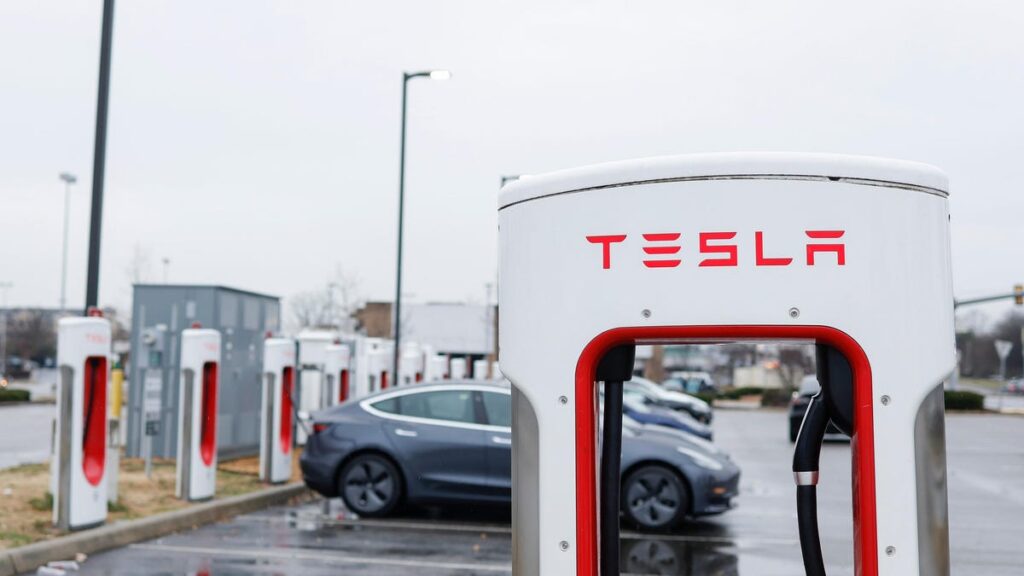Driving 100 Miles in an EV Is Now More Expensive Than in an ICE

Photo: Anna Moneymaker (Getty Images)
No longer needing to buy gasoline is one of the most convincing selling points for potential electric vehicle customers. It’s easy to conclude that owning an EV and recharging at home is cheaper than using a car powered by an internal combustion engine. The conclusion is correct if a driver switches powertrains between luxury vehicles, like going from a Porsche Macan to an electric Porsche Taycan.
However, a recent report from the Anderson Economic Group (AEG) found that fueling costs from mid-priced ICE-powered vehicles are lower than similarly priced electric vehicles. Combustion drivers pay about $11.29 per 100 miles on the road. EV drivers who charge up at home spend about $11.60 per 100 miles. The price difference is more dramatic for those who mainly recharge at stations. Frequent charging station users pay $14.40 per 100 miles.
AEG founder Patrick Anderson stated, “The run-up in gas prices made EVs look like a bargain during much of 2021 and 2022. With electric prices going up and gas prices declining, drivers of traditional ICE vehicles saved a little bit of money in the last quarter of 2022.”
There were several factors AEG used in determining that owning an electric vehicle was more expensive, like home charging equipment costs, road taxes and deadhead miles. ICE-powered car owners have gas purchases taxed to fund road construction and maintenance. While EV owners don’t pay a gas tax, some states have introduced an additional EV registration fee to compensate.
The massive increase in the report for charging station users versus home chargers is accounted for by the deadhead miles to reach stations and the opportunity cost of waiting for vehicles to charge at stations. The difference highlights the lackluster coverage for electric vehicle charging infrastructure across the United States.



